Infinity Reference 6030cs Manual
Infinity
Bil højttaler
Reference 6030cs
| Mærke: | Infinity |
| Kategori: | Bil højttaler |
| Model: | Reference 6030cs |
Har du brug for hjælp?
Hvis du har brug for hjælp til Infinity Reference 6030cs stil et spørgsmål nedenfor, og andre brugere vil svare dig
Bil højttaler Infinity Manualer
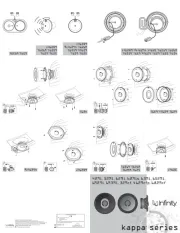
26 December 2024
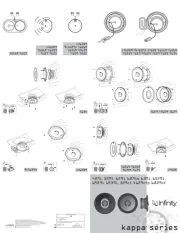
26 December 2024

26 December 2024
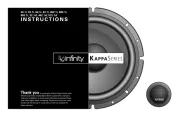
26 December 2024

26 December 2024

26 December 2024
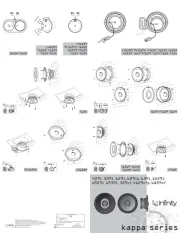
26 December 2024

26 December 2024
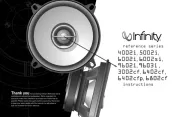
26 December 2024

26 December 2024
Bil højttaler Manualer
- Exibel
- Mac Audio
- Focal
- Hifonics
- Kenwood
- Deaf Bonce
- AudioControl
- Alpine
- Autotek
- Memphis Audio
- Axton
- Boss
- Hertz
- Audiotec Fischer
- JL Audio
Nyeste Bil højttaler Manualer

9 April 2025
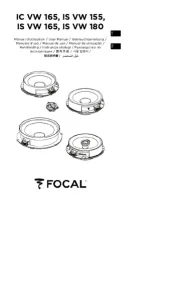
29 Marts 2025
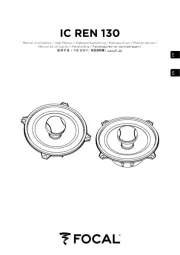
29 Marts 2025
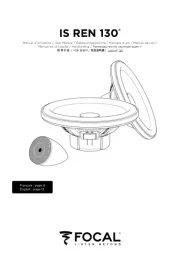
29 Marts 2025
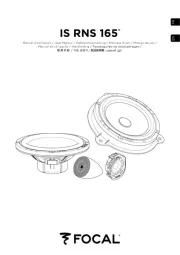
28 Marts 2025

26 Marts 2025

12 Januar 2025

31 December 2025

30 December 2025
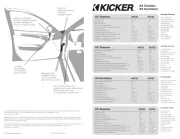
27 December 2024
